Exploring War: 10 Movies That Echo «The World at War»
The television series «The World at War,» released in 1973, remains one of the most comprehensive documentaries on World War II and its complex themes. Its profound storytelling, historical accuracy, and emotional depth have made it a seminal work in the realm of war films. If you’re captivated by the gripping narratives and vivid depictions of conflict showcased in this classic series, you may be on the hunt for other films that deliver similar themes of bravery, sacrifice, and the harsh realities of war. Below is a curated list of ten remarkable war movies that share a kinship with «The World at War» and promise to resonate with fans of this historical masterpiece.
- Saving Private Ryan (1998) — Directed by Steven Spielberg, this film is lauded for its realistic portrayal of D-Day and focuses on a group of U.S. soldiers tasked with finding and bringing home a paratrooper whose brothers have been killed in action.
- Band of Brothers (2001) — This miniseries, produced by Spielberg and Tom Hanks, chronicles the experiences of «Easy» Company during WWII, illustrating the camaraderie and challenges faced by soldiers in a captivating manner.
- Full Metal Jacket (1987) — Stanley Kubrick’s iconic film explores the dehumanizing effects of war through a Marine’s journey from boot camp to the Vietnam battlefield, offering a raw insight into military life and conflict.
- Platoon (1986) — Oliver Stone draws from his own experiences as a soldier in Vietnam, capturing the moral ambiguities and brutal realities of war through the eyes of a young recruit.
- Apocalypse Now (1979) — This adaptation of Joseph Conrad’s novella is set during the Vietnam War and offers a surreal and harrowing view of conflict, exploring the depths of human psyche in desperate circumstances.
- Paths of Glory (1957) — A powerful anti-war film directed by Kubrick, it highlights the moral dilemmas faced by soldiers and their commanders during World War I, questioning the nature and sanity of war.
- Letters from Iwo Jima (2006) — Directed by Clint Eastwood, this film presents the battle of Iwo Jima from the perspective of Japanese soldiers, humanizing the enemy and revealing the shared tragedy of war.
- The Thin Red Line (1998) — A philosophical war film by Terrence Malick that explores the emotional struggles of soldiers during the Battle of Guadalcanal, blending stunning visuals with profound insights into humanity.
- Dunkirk (2017) — Christopher Nolan’s gripping thriller depicts the evacuation of Allied soldiers from Dunkirk during World War II, emphasizing both the chaos and heroism during a pivotal moment in history.
- 1917 (2019) — A visually captivating film set during WWI, it follows two soldiers on a dangerous mission to deliver a message that could save lives, employing a real-time storytelling technique that immerses viewers in the experience.
While each of these films is distinct, they collectively reflect the harrowing nature of war and its far-reaching consequences, much like «The World at War.» Whether you seek authenticity, emotional depth, or thrilling visuals, these selections offer something for every film enthusiast interested in the historical and personal facets of warfare.
10 Fascinating Insights into The World at War (1973)
The World at War, the iconic 1973 television series, is often regarded as one of the most comprehensive documentaries on World War II ever produced. Here, we delve into ten captivating facts about this monumental series that not only showcase its significance but also highlight why it remains a classic in the documentary genre.
- Epic Length and Scope: The series consists of 26 episodes, spanning an impressive 11 hours. Each episode explores various themes, battles, and events, providing an in-depth look into the impact of World War II on both the soldiers and civilians involved.
- Unique Documentary Style: The World at War broke the mold of traditional documentaries with its unique narrative style. It features a combination of archival footage, interviews with key figures and historians, and a powerful narration by Sir Laurence Olivier, blending storytelling with historical analysis.
- Extensive Research: The production team conducted extensive research and traveled around the world to gather rare footage and interviews, ensuring that the series was historically accurate and comprehensive in its portrayal of the war.
- Cold War Context: Created during the Cold War, the series reflects the geopolitical tensions of the time. It emphasizes the importance of learning from the past to prevent further global conflict, making it particularly resonant during its initial broadcast.
- Cultural Impact: The series has significantly influenced public perceptions of World War II and has played a crucial role in shaping educational curricula around the world. Its impact continues to be felt, inspiring countless documentaries and films in the decades that followed.
- World’s First Exclusive Interviews: The World at War features interviews with high-ranking officials, military leaders, and civilians who lived through the war. These firsthand accounts were groundbreaking at the time and provided a deeper understanding of the human experience during the conflict.
- Wide International Appeal: Broadcast in over 50 countries, the series transcended cultural and linguistic barriers, earning acclaim globally and providing audiences everywhere with a comprehensive understanding of a pivotal moment in world history.
- Use of Music: The series is renowned for its evocative score composed by Geoffrey Burgon, which complements the visual storytelling and enhances the emotional depth of the documentary. The music effectively underscores the grave nature of war while evoking both sorrow and reflection.
- Restoration Efforts: Over the years, The World at War has been digitally restored for modern audiences. This restoration process has increased accessibility and preserved its quality, ensuring that new generations can appreciate this cinematic achievement.
- A Legacy of Reflection: The World at War remains a poignant reminder of the horrors of warfare and the human spirit’s resilience. It encourages discussions about peace, history, and the moral lessons that can be gleaned from the past, making it a timeless educational tool.
In conclusion, The World at War is more than just a documentary series; it is a powerful lens through which we can examine our past and strive towards a more peaceful future. Its meticulous storytelling, coupled with a wealth of genuine experiences, solidifies its position as a monumental work in the realm of historical documentaries.


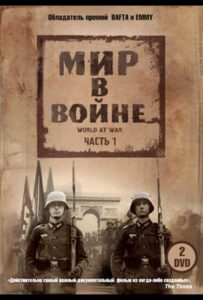
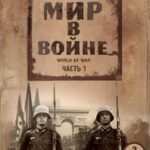
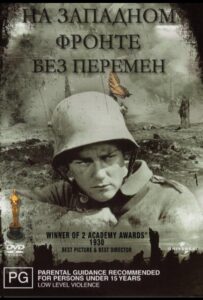
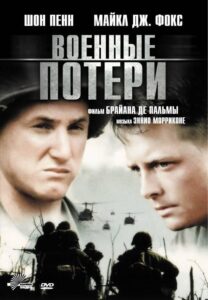
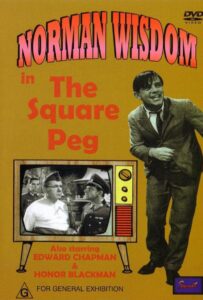
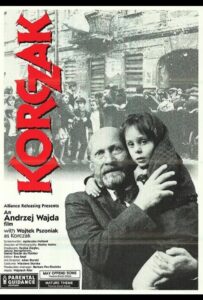
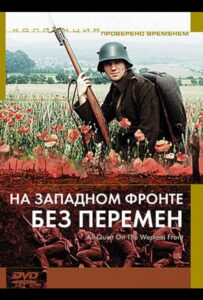
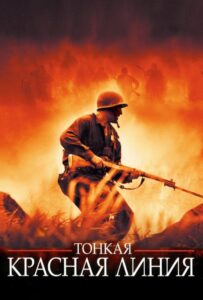
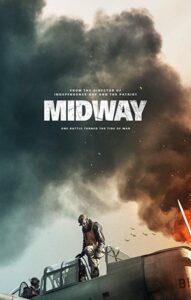
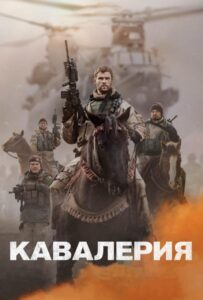
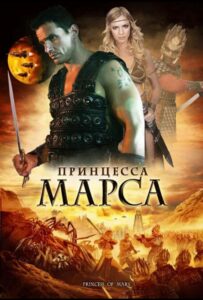
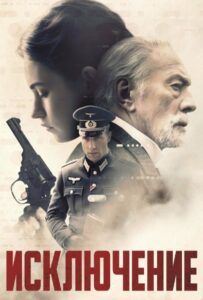
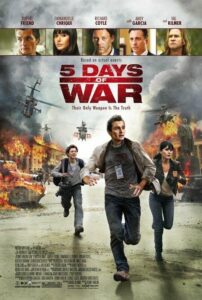

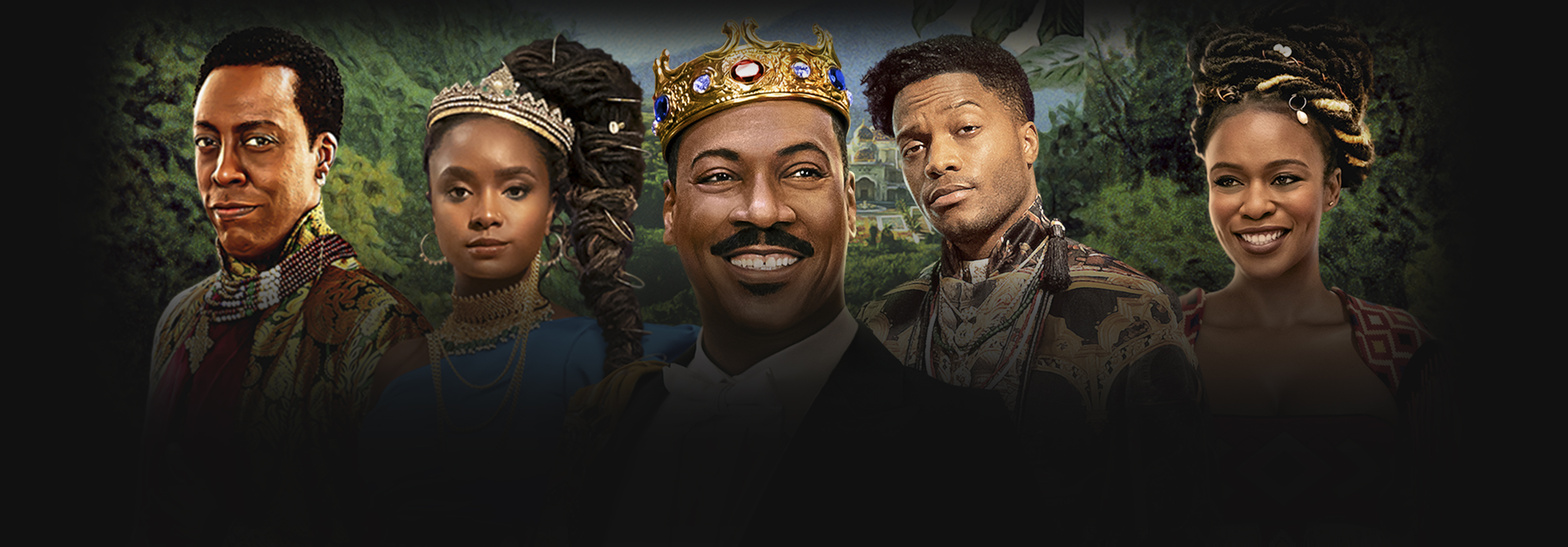
Оставь свой отзыв 💬
Комментариев пока нет, будьте первым!